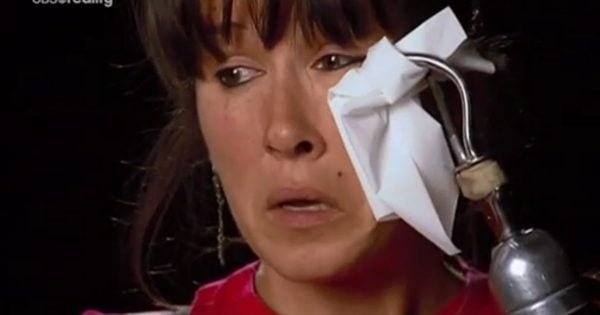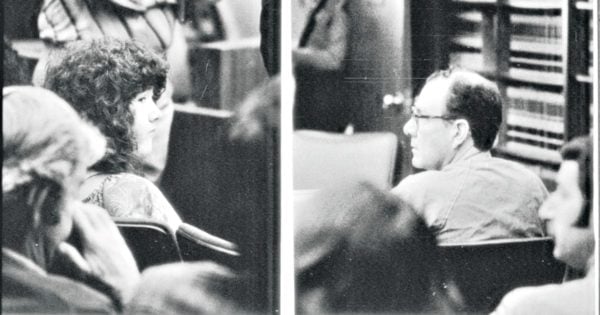CONTENT WARNING: This post contains details of violence and sexual assault.
Mary woke from her nap. As her eyes began to focus, they fixed upon a road sign that rushed past the window of the van. It looked different somehow. Wrong. The fog of sleep lifted and the 15-year-old realised. East. They were heading east.
She mustered courage and turned to the driver, a paunchy, grandfatherly man who had picked her up in Berkeley earlier that afternoon. “Look you’re going the wrong way,” she said, “and you know you’re going the wrong way.”
Just an honest mistake, he insisted, nothing to worry about. He’d just have to stop briefly to relieve himself, then they could continue on their journey to Los Angeles.
They drove for a short time, then the van peeled off the freeway down a side road that seemed to lead toward the canyon. Mary’s instinct overpowered her naïvety. The area was isolated and the road deserted. She was a prisoner.
‘I’m young; he’s old,’ she thought, her mind racing. ‘I’m healthy; he’s not.’ She could outrun him, she could get away, get help. But she’d need to tie her loose shoelace if she had any hope.
Once he’d closed the door behind him she opened hers, and bent down toward her foot.
Then came the blow of the sledgehammer.
Emily Webb goes inside Australia’s most chilling murders. Post continues…
It was 1978. Mary Vincent had done what many teens had before and many have in the decades since. She’d run away from home.
































































































